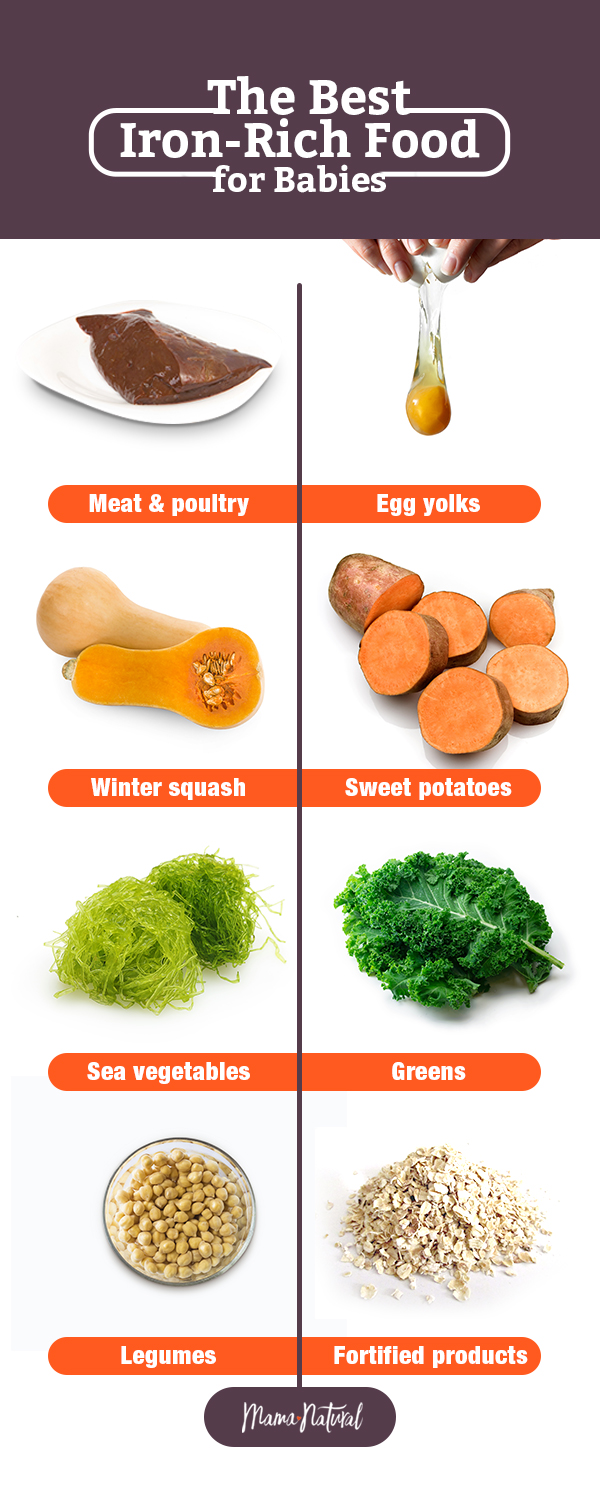
The stomach slowly empties its contents, called chyme, into your small intestine. After food enters your stomach, the stomach muscles mix the food and liquid with digestive juices. This sphincter usually stays closed to keep what’s in your stomach from flowing back into your esophagus. When food reaches the end of your esophagus, a ringlike muscle-called the lower esophageal sphincter -relaxes and lets food pass into your stomach. Your brain signals the muscles of the esophagus and peristalsis begins. Once you begin swallowing, the process becomes automatic. A small flap of tissue, called the epiglottis, folds over your windpipe to prevent choking and the food passes into your esophagus.Įsophagus. When you swallow, your tongue pushes the food into your throat. Food starts to move through your GI tract when you eat. The digestive process starts when you put food in your mouth. The muscle behind the food contracts and squeezes the food forward, while the muscle in front of the food relaxes to allow the food to move. The movement pushes food and liquid through your GI tract and mixes the contents within each organ. The large, hollow organs of your GI tract contain a layer of muscle that enables their walls to move. Upper muscle in stomach relaxes to let food enter, and lower muscle mixes food with digestive juiceīacteria in the large intestine can also break down food.įood moves through your GI tract by a process called peristalsis.

Nerves and hormones help control the digestive process. Your large intestine absorbs water, and the waste products of digestion become stool. Once foods are broken into small enough parts, your body can absorb and move the nutrients to where they are needed. How does my digestive system work?Įach part of your digestive system helps to move food and liquid through your GI tract, break food and liquid into smaller parts, or both. Your digestive system breaks nutrients into parts that are small enough for your body to absorb. MyPlate offers ideas and tips to help you meet your individual health needs.

Your digestive system breaks nutrients into parts small enough for your body to absorb and use for energy, growth, and cell repair. Proteins, fats, carbohydrates, vitamins, minerals, and water are nutrients. Working together, nerves, hormones, bacteria, blood, and the organs of your digestive system digest the foods and liquids you eat or drink each day.ĭigestion is important because your body needs nutrients from food and drink to work properly and stay healthy. Parts of your nervous and circulatory systems also help. The digestive systemīacteria in your GI tract, also called gut flora or microbiome, help with digestion. The rectum is the end of the large intestine. The cecum is the first part of the large intestine. The appendix is a finger-shaped pouch attached to the cecum. The large intestine includes the appendix, cecum, colon, and rectum. The jejunum is in the middle and the ileum is at the end. The liver, pancreas, and gallbladder are the solid organs of the digestive system.

The hollow organs that make up the GI tract are the mouth, esophagus, stomach, small intestine, large intestine, and anus.
Foods that absorb water series#
The GI tract is a series of hollow organs joined in a long, twisting tube from the mouth to the anus. The digestive system is made up of the gastrointestinal tract-also called the GI tract or digestive tract-and the liver, pancreas, and gallbladder. How does my body control the digestive process?.How does my digestive system break food into small parts my body can use?.How does food move through my GI tract?.


 0 kommentar(er)
0 kommentar(er)
